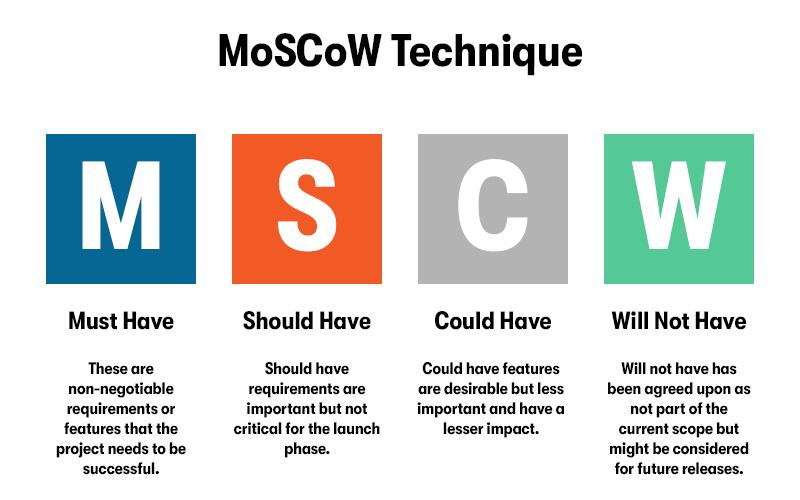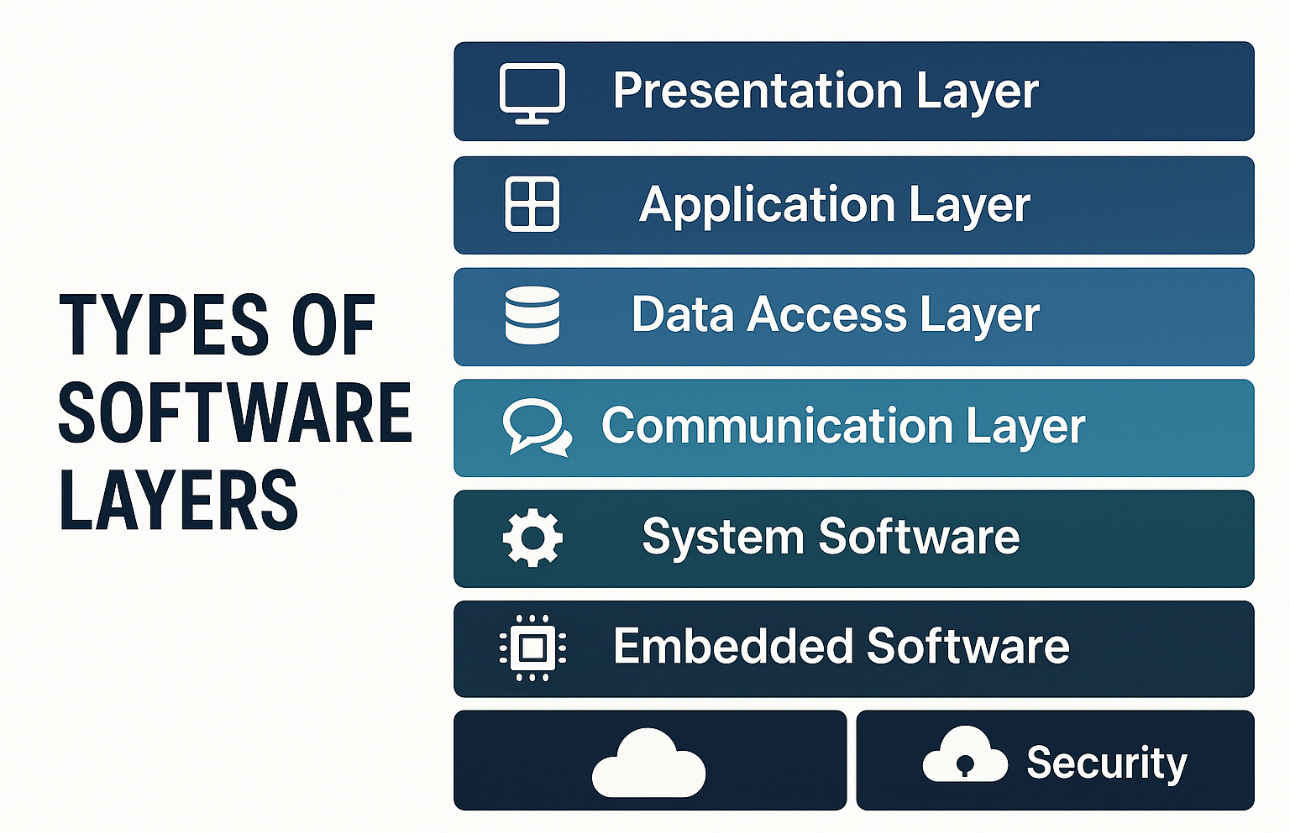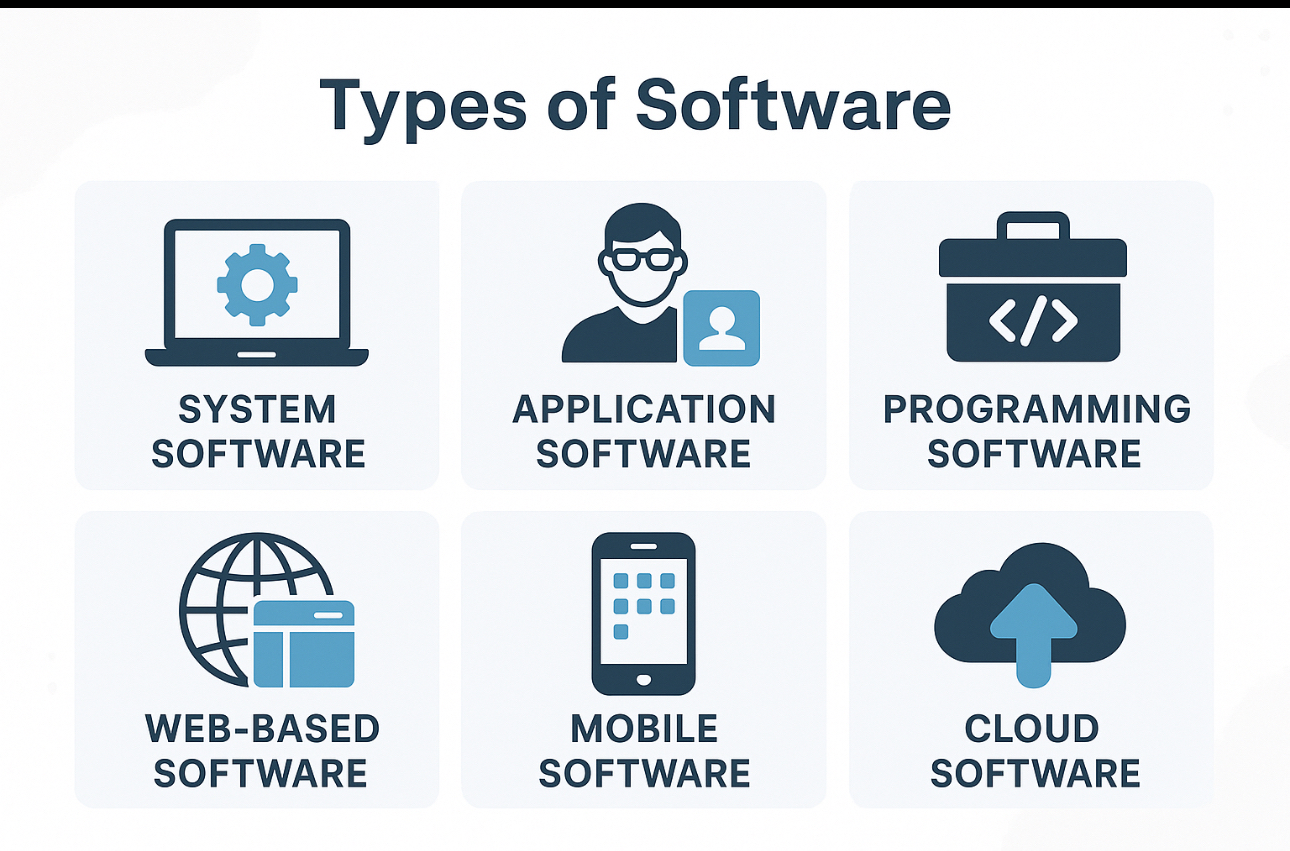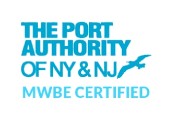
In the World of IT Projects, Success Often Hinges on How Well Requirements Are Identified and Prioritized. Balancing the demands while ensuring the project's core objectives are met can be a challenging task. A structured approach, however, can make all the difference.
Enter the MoSCoW Method – a framework for prioritizing requirements effectively. This blog explores the essence of requirement gathering, delves into the MoSCoW method, and offers insights into how it can streamline your project planning.
Understanding Requirement Gathering
Requirement gathering is a critical step in project management, ensuring all necessary information is captured to guide the development process. It involves identifying, analyzing, and documenting the needs and expectations of stakeholders to create a shared vision of the project’s objectives.
Key Goals of Requirement Gathering Include:
- Defining the scope of the project clearly.
- Aligning stakeholder expectations with project deliverables.
- Mitigating risks by identifying potential gaps early.
Techniques for Requirement Gathering:
- Stakeholder Interviews: Engage stakeholders in one-on-one discussions to share their needs, challenges, and goals.
- Workshops: Facilitate group sessions to encourage collaboration and foster a shared understanding of requirements.
- Surveys and Questionnaires: Use structured tools to gather input from a larger audience efficiently.
- Process Observation: Study current workflows and processes to identify pain points and improvement opportunities.
- Document Analysis: Review existing documentation, such as reports and workflows, to extract valuable insights.
These techniques provide a strong foundation for creating accurate and actionable requirements, which are crucial for project success.

What is the MoSCoW Method?
The MoSCoW method is a prioritization framework that organizes requirements into four distinct categories based on their importance and impact on the project. This approach ensures that the team focuses on delivering what truly matters within the constraints of time and resources.
Here’s a Closer Look at the MoSCoW Categories:
- Must-Have: These are the non-negotiable requirements essential for project success. Without them, the project would fail to achieve its core objectives. For instance, a payment system must process transactions accurately.
- Should-Have: These requirements are important but not critical. While they significantly enhance functionality, their absence would not compromise the project’s viability. An example could be additional payment options that improve user convenience but are not mandatory for the system to operate.
- Could-Have: These are desirable features that add value or improve the user experience but have minimal impact on the project’s success. They are often addressed if time and resources permit.
- Won’t-Have (for now): These requirements are acknowledged but intentionally deferred to a future phase. This helps prevent scope creep and ensures the team stays focused on immediate priorities.
Benefits of Using the MoSCoW Method
The MoSCoW method helps teams navigate the complexities of prioritization, especially when dealing with diverse stakeholder needs. Its benefits include:
- Clarity and Focus: By categorizing requirements, teams can distinguish between critical and non-essential features, ensuring resources are directed to high-priority tasks.
- Improved Stakeholder Alignment: Transparent prioritization ensures a shared understanding of priorities, reducing disagreements and fostering collaboration among stakeholders.
- Optimized Resource Allocation: The method supports informed decision-making, enabling teams to balance time, budget, and effort while focusing on high-value deliverables.
MoSCoW’s versatility makes it compatible with both agile and traditional project management methodologies, further enhancing its appeal.
Challenges and Solutions
- Overloading the Must-Have Category: Stakeholders may label too many requirements as critical. Address this by emphasizing the project’s primary objectives and using data to guide prioritization.
- Conflicting Stakeholder Inputs: Resolve disagreements by focusing on project goals and employing objective criteria for prioritization.
- Evolving Requirements: Adapt to changes by maintaining flexibility and updating the MoSCoW categories as needed.
Conclusion
Requirement gathering and prioritization are foundational to successful project management. The MoSCoW method provides a clear, structured approach to focus on what truly matters, ensuring alignment between stakeholders and project objectives.
By adopting the MoSCoW method, teams can streamline decision-making, manage resources efficiently, and deliver projects that meet or exceed expectations. Explore its potential in your next project and experience the difference it can make.
Post a comment Cancel reply
Related Posts
Optimizing React Performance: An Advanced Guide for Scalable Applications
In today’s fast-paced digital ecosystem, software systems have become the backbone of every enterprise’s technological…
Types of Software Layers
In today’s fast-paced digital ecosystem, software systems have become the backbone of every enterprise’s technological…
React Fiber and Reconciliation: The Engine Behind Modern React UX
As modern web applications grow in complexity, delivering a smooth, responsive user experience is more…
Understanding All types of software
Software is the backbone of the digital world. From mobile apps and cloud services to…


















